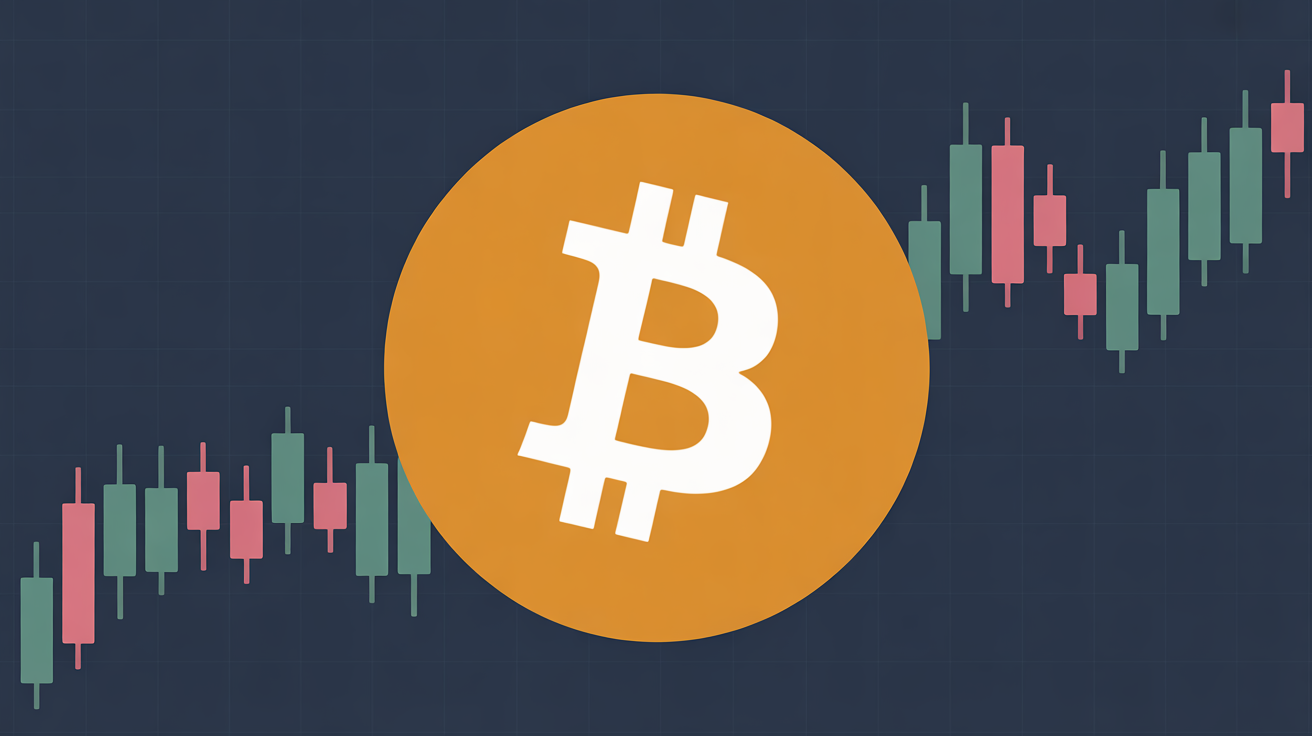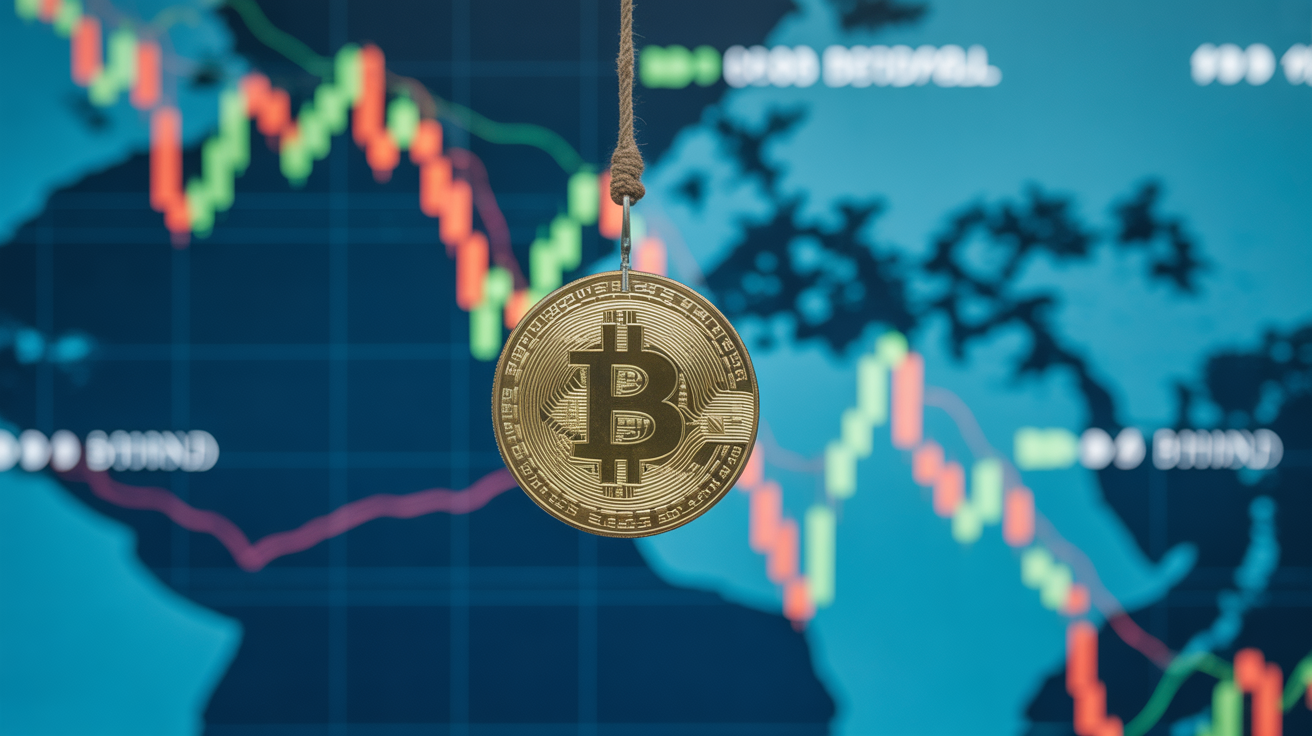
Bitcoin’s “Silent IPO”: Why the Market’s Sideways Grind May Be More Bullish Than It Looks
Despite wildly successful ETFs, accelerating institutional adoption, and an increasingly friendly regulatory landscape, Bitcoin seems stuck in neutral while other risk assets soar. What gives?
For months, frustrated Bitcoin (BTC) bulls have watched global equity markets notch record highs almost daily, while BTC’s price action has remained curiously muted.
According to Jordi Visser, a longtime traditional finance asset manager, most people might be looking at this all wrong. In a viral weekend essay on X (1.5 million views and counting) titled “Bitcoin’s Silent IPO: Why This Consolidation Isn’t What You Think,” Visser argues that Bitcoin’s current stagnation resembles the price behavior of newly public stocks — particularly tech IPOs.
Bitcoin’s Unofficial IPO Moment
While Bitcoin never went through a traditional IPO, Visser suggests the same economic dynamics are at play. In traditional finance, IPOs are massive liquidity events for early investors.
“Early-stage investors take enormous risks,” Visser writes. “If the investment succeeds, they deserve enormous rewards. But eventually, they need liquidity. They need an exit. They need to diversify.”
The pattern is familiar. When Facebook (now Meta) went public in 2012 at $38 a share, it raised $16 billion at a $104 billion valuation — astronomical for the time. Within a year, however, shares were down 30%, and critics were questioning Mark Zuckerberg’s leadership. But the decline, Visser argues, wasn’t about management missteps — it was early backers cashing out after years of risk-taking.
“They’re methodically distributing their positions,” Visser explains. “They don’t want to crater the price. They’re patient. They’ve waited years for this moment. They can wait a few more months to do it right.”
The result? A frustrating, sideways market grind. Sound familiar?
Bitcoin’s Liquidity Catch-Up
Visser says the same forces are now at work in Bitcoin. On-chain data shows long-dormant coins — some untouched since the single-digit price days — becoming active again.
The arrival of U.S. spot Bitcoin ETFs, growing institutional demand, and clearer regulatory guidance have finally created the kind of deep, liquid market early holders have been waiting for.
“For years, the liquidity simply didn’t exist,” Visser notes. “Try selling $100 million of Bitcoin in 2015 — you’d crater the price. Even $1 billion in 2019 was impossible. But now, ETFs are providing institutional bid, corporations are holding Bitcoin on their balance sheets, and sovereign wealth funds are involved. The market is mature enough for early holders to exit without chaos.”
But those exits, he emphasizes, are happening slowly and deliberately. Hence, the choppy rallies and quick reversals — and the feeling of stagnation.
Distribution, Not Decline
Visser doesn’t see the current environment as a bear market, but rather as a distribution of ownership — from early believers to a broader institutional base. Historically, in equities, such periods can last six to eighteen months.
Even if crypto cycles move faster, Visser warns that Bitcoin’s range-bound price may persist for a while longer.
“Sentiment will only improve after the distribution is substantially complete,” he writes. “People are demoralized because they don’t understand what phase we’re in. They’re waiting for Bitcoin to ‘catch up’ to stocks. They’re focused on the four-year cycle. Be patient. Once the heavy selling pressure lifts and institutional accumulation absorbs the OG supply, the path becomes clearer.”
In other words, this isn’t Bitcoin underperforming — it’s Bitcoin maturing.






















